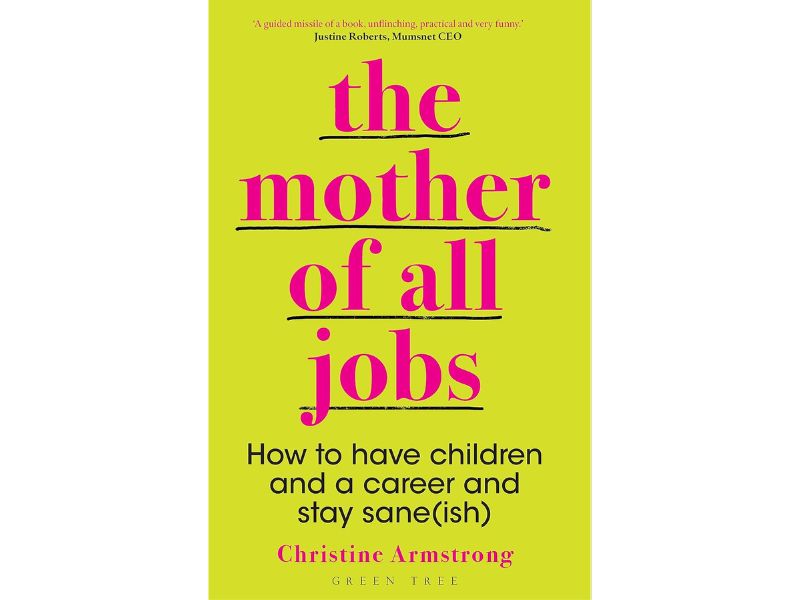At a presentation, your main objective is to transfer an idea into the mind of your audience and get people to hear you.
I have delivered many challenging talks, and this has been a process that I’ve had to learn.
Here are some of my favourite tips for mastering a presentation:
INTENTION:
Be clear on your intention for the presentation. Before any presentation, identify what you want your audience to think, feel and do during and after your talk. If your intentions are clear you’ll naturally maintain focus, speak with more conviction and build a stronger connection with your audience.
IMMEDIATELY TAKE CONTROL:
Own the space from the start. Put your feet firmly on the ground, shoulders back, chest out, imagine a piece of string pulling you up from your head to the ceiling. Breath, smile and imagine you’ve just had a massive injection of positive energy. Practise your opening lines before your presentation. Go for it.
CONVERSATIONAL:
Keep it conversational. Imagine you’re talking to a friend. Remember you are speaking to other human beings. Many people adopt a robotic persona when they present because they get nervous or they take themselves too seriously. An audience will always respond better and listen more if you’re personable and reveal human emotion.
NERVES:
Don’t fight them just use them wisely. If you feel the nerves at the start, take a deep breath and smile. Your body may feel restricted by nerves so make a conscious effort to loosen yourself up. Imagine you have balloons under your arms. If you hold your upper arms tightly against your body (which people naturally do when they are presenting) you’re in danger of looking like an airhostess delivering safety instructions. Instead, throw the nerves out to the audience through your arms, hands and fingers. People forget to use their hands when they present which looks unnatural and stiff. So this is a brilliant way to make sure you are always your arms and hands as well as channelling those nerves.
NON-VERBALS:
Psychologists now admit that between 60 and 90% of the impact of your communication is coming from non-verbals – your body language and sound of your voice. So if you’ve only prepared your content and haven’t paid any attention to how you look and sound when you’re under pressure, you’re often wasting time. Practice mindful pausing and then emphasizing your words. Practice raising your energy levels more than you think you should. Record yourself. Watch it back. Nothing will help you more than watching yourself back on video.
SIMPLICTY:
Always keep presentations simple. Avoid power point and scripts unless you must use them. If you have to use power point slides, use few words and more images. To remind you of your points, make some bullet points on cue cards and either hold them or put them down at the side, next to your glass of water!
EYE CONTACT:
Never underestimate the importance of eye contact. Many people find this incredibly hard when they are under pressure. Force yourself to look people in the eye from the beginning; this will help you feel comfortable and your audience engage with what you’re saying. If you stare at one spot above people or look at the floor you simply will not connect with your audience.
STORY STRUCTURE:
In everyday life, we don’t speak in bullet points do we? For example, when we go on holiday, we don’t come back and say…
- France
- Skiing
- Fun
I spoke like that, you’d think I was really boring to go on holiday with and generally weird. So why do we think speaking at people in bullet points, during a presentation, is a good idea? It’s not. If you can use stories in your presentations and bring it to life with analogies and examples, you’ll take your audience on a journey and they’ll sit up and listen. Some of you may be thinking but ‘when I’m talking in a business setting it’s different to a personal setting’ – you’re right, it is but over the past 20 years, in this industry, I’ve seen the most magnificent pitches and presentations from people within the financial and legal sector delivered with personal stories and humour. They are the ones that win. It’s the human approach that inspires and prompts us to take action not the robotic approach.
GOING WRONG:
So what if you do? If you mess up, smile, laugh and keep very present. Human beings always make mistakes. If someone comes across as perfect I’m always suspicious, aren’t you? Many people fear social judgement and worry that if they make a mistake everyone will think they are stupid. It’s simply not the truth. An audience is far more forgiving and will relate to you so don’t dwell and keep going.
SMILE:
Do smile more than you think (unless it’s a funeral). Like yawning, your emotions are infectious. If you smile and you enjoy your talk, the audience will enjoy it too. Smile to the end, thank your audience and walk off calmly and confidently.
These practical suggestions will help you come across comfortably and create a mutually relaxed environment – essential if you want people to listen. You can find more tips and techniques in Lindsay’s book Speak Up and Be Heard.
Speak Up & Be Heard is out now, priced £10.99. To find out more go to: https://www.amazon.co.uk/Speak-Up-Heard-Lindsay-Maclean/dp/199933650X/









